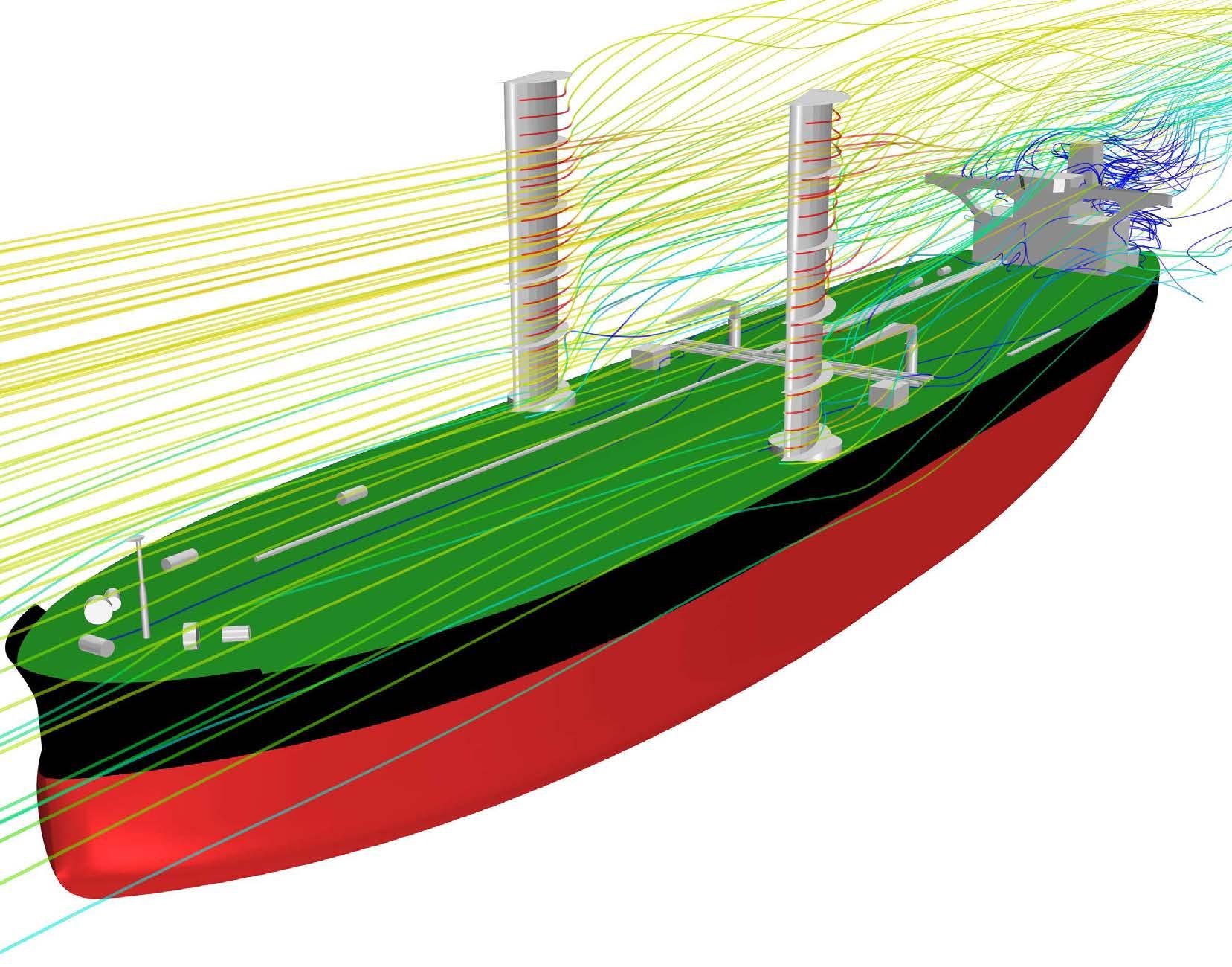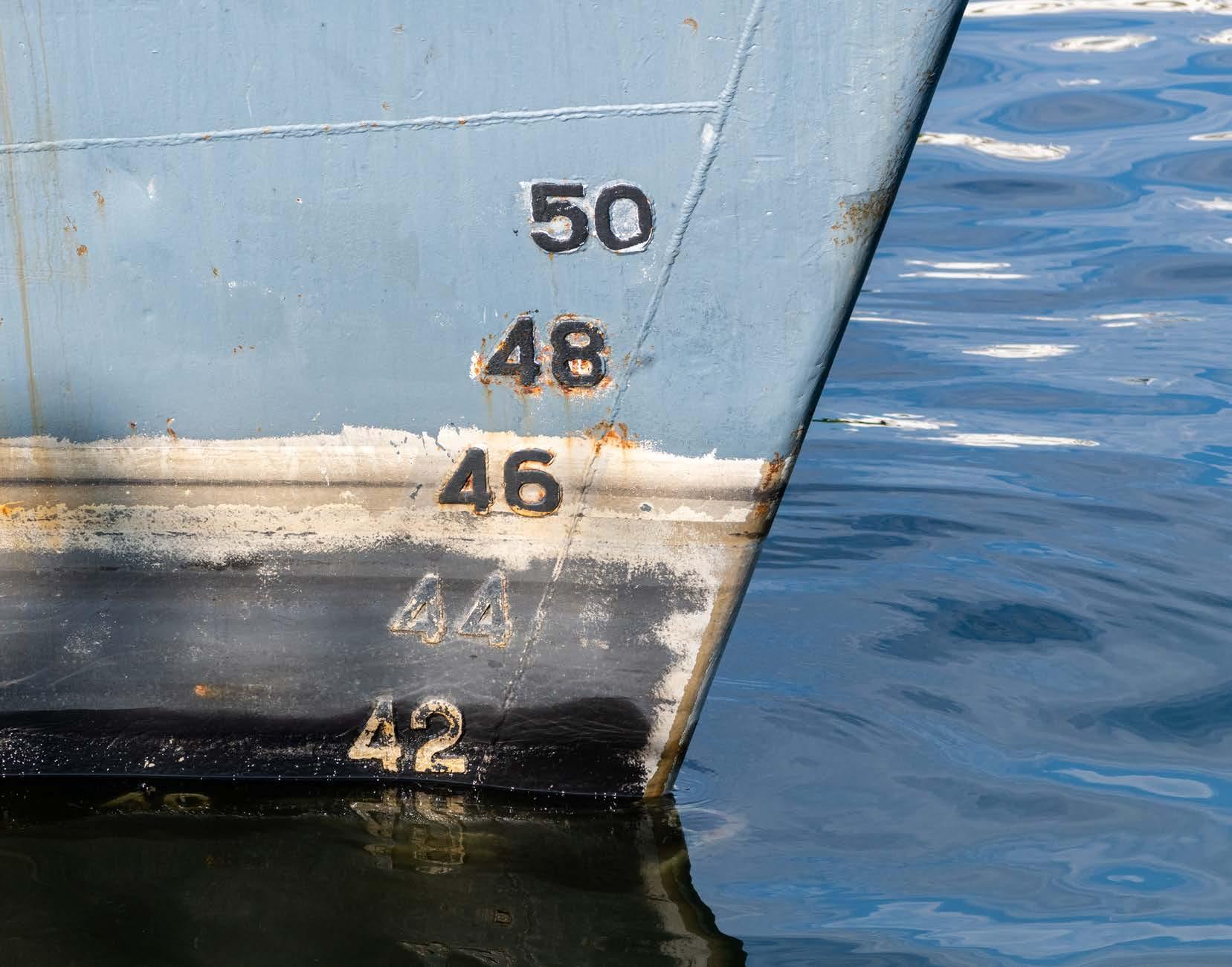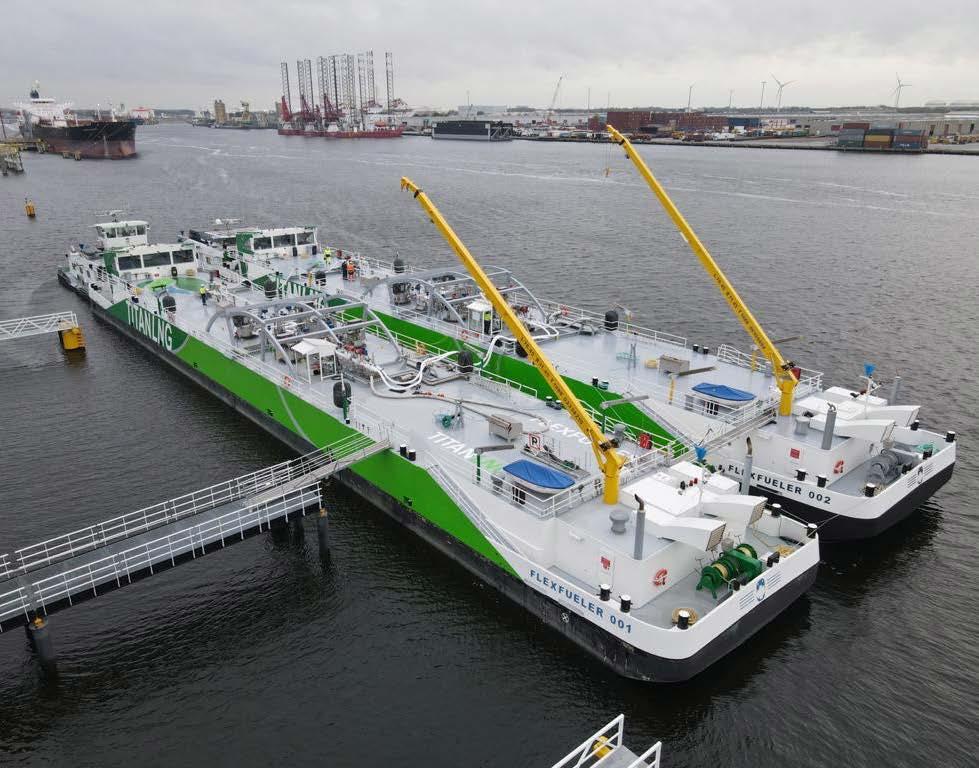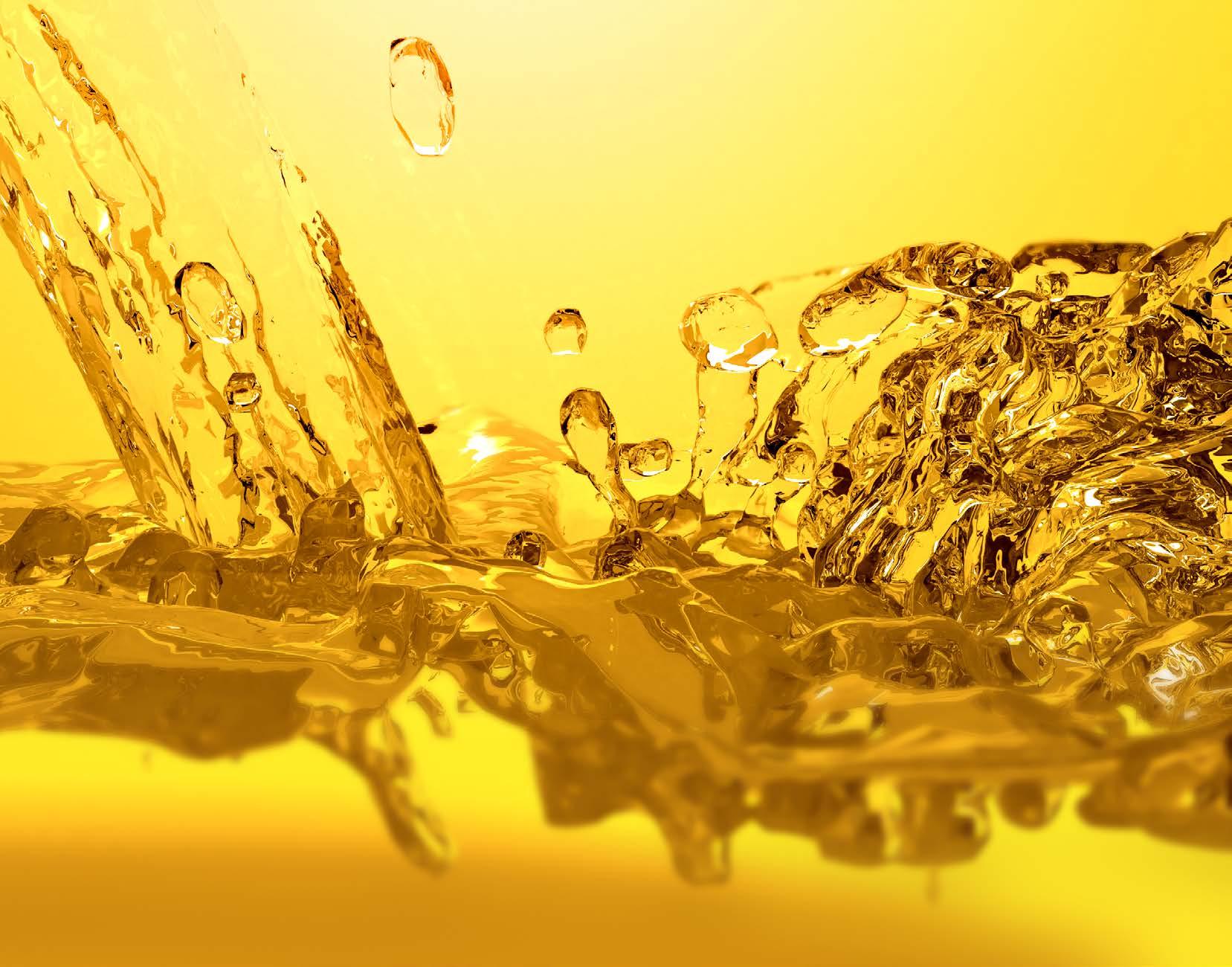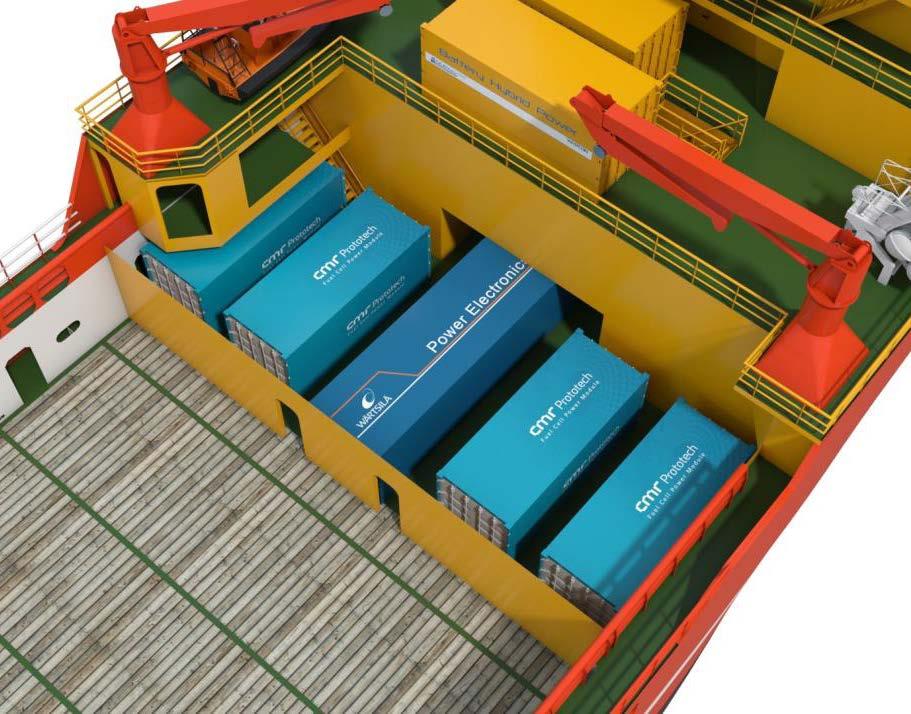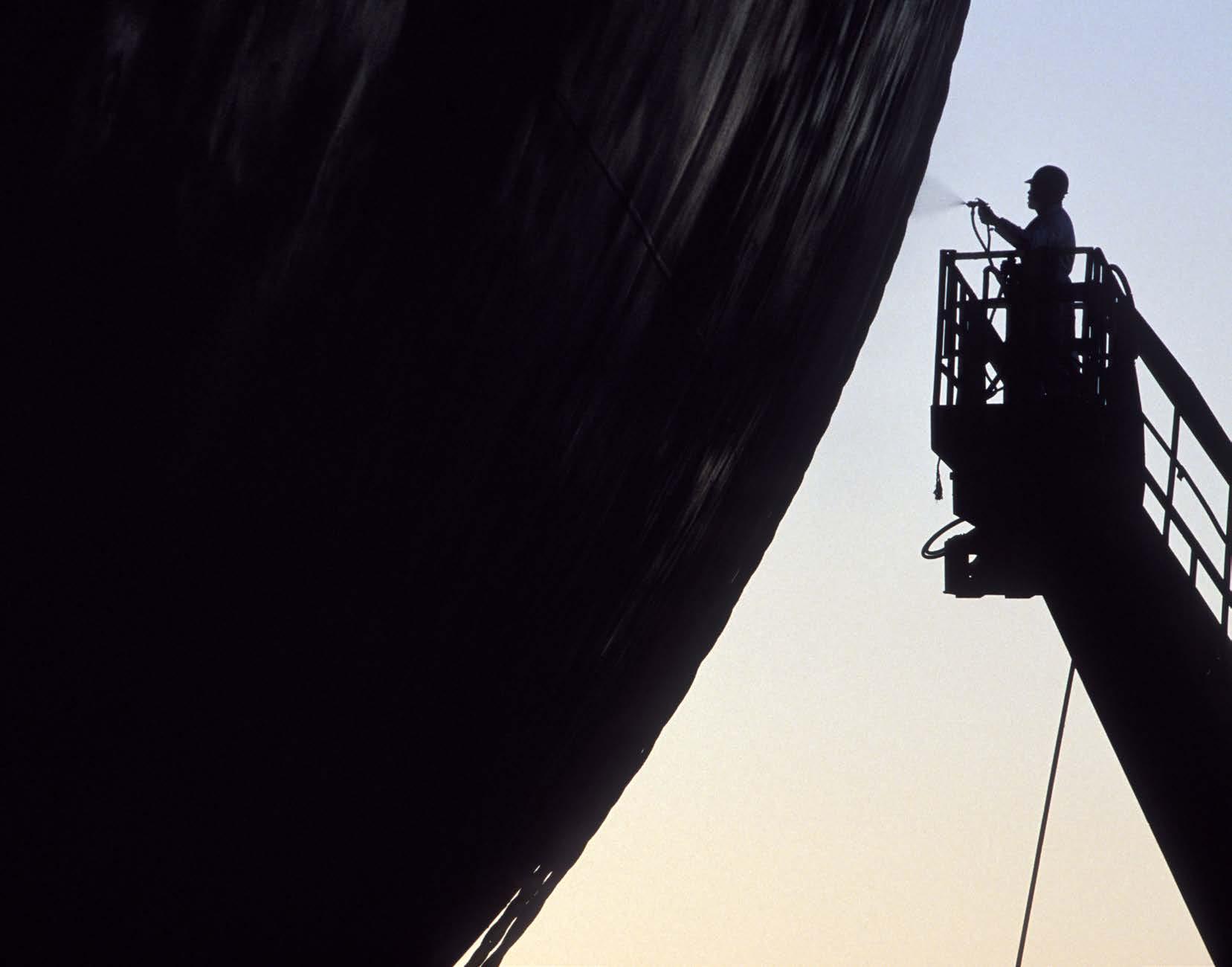
5 minute read
FROM THE EDITOR
from CSI Spring 2021
by Maritime-AMC
Ian Cochran Editor, Clean Shipping International
WE NEED TO ACT NOW!
To get to net zero emissions, what ship and equipment designs will be needed in the future? What do we need to do now – and how?
These are the main questions on shipowners lips, as they strive to comprehend the sheer number of solutions being thrown at them to reach the International Maritime Organization’s (IMO) goal.
The net result of all of these initiatives is to polarise the industry into separate camps, especially in the near term, until a universally accepted solution is found.
Of course, impending regulations also need to be fit for purpose, as down the years, several have proved to be impracticable.
Flexibility will be key going forward with a combination of technologies coming together to solve the problem.
With a new fuel will come new engine designs and supply chain logistics to make it work. But as one leading shipowner said in a recent webinar: “Let’s concentrate on what is possible today.”
The so called e-fuels look as though they are going to be very expensive, but with further research and development, the cost will come down – but will it be to the level of today’s options?
As it has been pointed out time and time again, an importer of soya beans into China will not care about how his or her cargo is shipped, only the cost involved.
In the container trades, major shippers, such as Amazon, Walmart and so on, are getting more involved in how goods are shipped, as are the major trading houses. All are claiming to be turning “green”.
PROBLEM WITH CLAUSES
One problem, recently highlighted by a leading drybulk broker, is that a standard charterparty does not include any clauses on the amount of emissions the ship involved emits, thus not declaring a carbon footprint.
A charterparty also rarely depicts alternative fuel use, such as wind-assisted ships, although with Cargill and other major charterers becoming involved, this is gradually changing.
Proper measurements still need to be developed – no measurement, no improvement, as the old saying goes.
Despite the clock ticking, shipowners are still ordering standard ships with standard equipment installed, except for LNG-ready and other designs, which have proved to be expensive to retrofit. Further down the road, ammonia will need large storage space on board the vessel.
A standard design is purely down to costs, as large shipyards normally offer a standard package at a set price with the owner paying for any extra add-ons, such as scrubbers.
Methane, hydrogen and other alternative fuels currently doing the rounds have huge challenges ahead before they become commercially viable alternatives to what is on offer today, both technically and commercially.
The bunkering and storage infrastructure of, say, hydrogen will take several years to develop – maybe not at all without a sound business case.
BIGGEST BURNERS
For example, out of the world fleet, it has been estimated that 20,000 vessels burn around 80% of the mainstream fuels. Drybulk still makes up the largest vessel sector and tends to involve tramp ships that will often not know the next destination once their current voyage is completed.
World trade is forecast to double by 2050, just at the time when the shipping industry should be reaching net zero emissions. To cope with this huge demand, more ships will obviously be needed.
This is only 30 years away, just over a ship’s lifecycle, so we need to be investing in new ideas, technology and designs now and ensuring they are workable both in technological and economic terms.
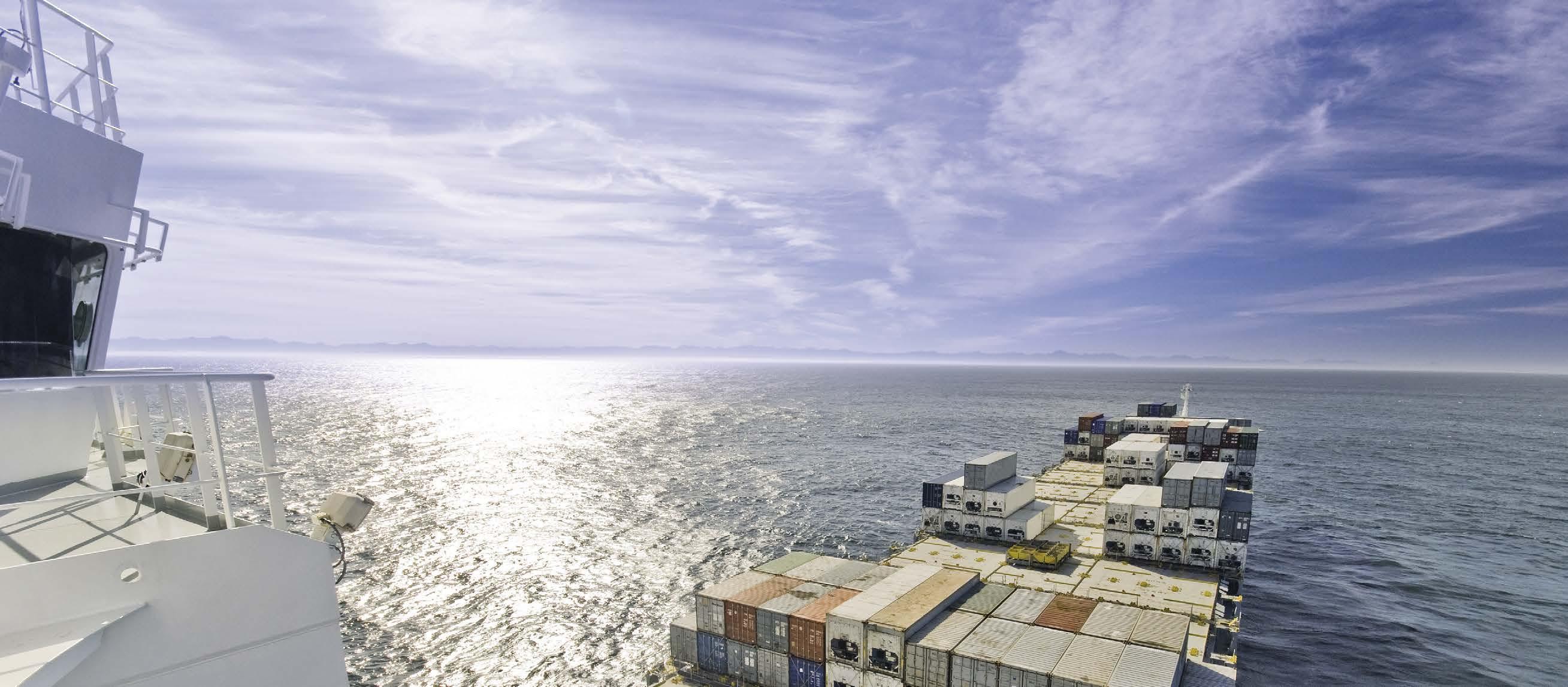
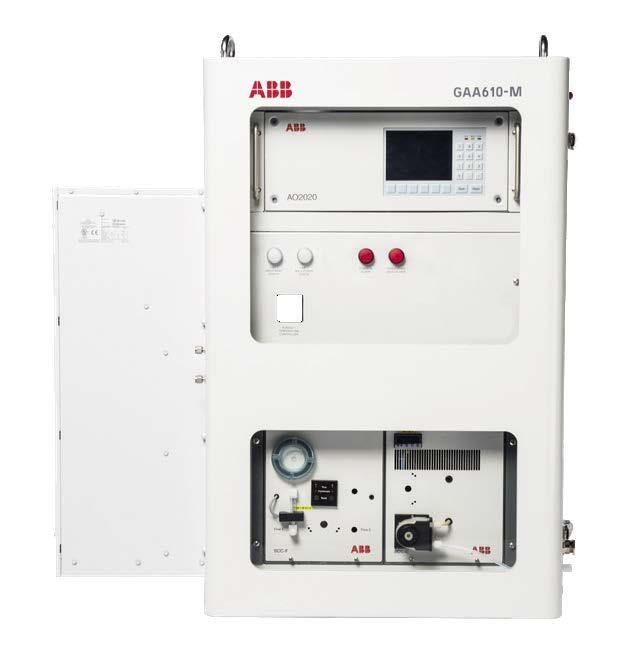
— CEMcaptain —
Emission monitoring CEMcaptain on your wavelength Emission monitoring on your wavelength
Simplicity is the key for stack emission measurements at sea and the CEMcaptain marine emission monitoring system carries all necessary type approvals. The internal gas-filled cuvettes simplify calibration and remove the need to hold gas cylinders onboard. Dynamic QR codes generated on the analyzer display allow easy transmission of all relevant diagnostic information and ABB AbilityTM Remote Assistance provides secure remote Simplicity is the key for stack emission measurements at sea and the CEMcaptain marine connectivity to our global team of experts. Measurement made easy. emission monitoring system carries all necessary type approvals. The internal gas-filled cuvettes simplify calibration and remove the need to hold gas cylinders onboard. Dynamic QR codes generated on the analyzer display allow easy transmission of all relevant diagnostic information and ABB AbilityTM Remote Assistance provides secure remote connectivity to our global team of experts. Measurement made easy.


Editor: Ian Cochran iancochran74@ gmail.com Project Director: Jonathon Ferris Jonathon.ferris@ csi-newsonline.com
Sub-editor: Samantha Robinson sam.robinson.journalist@ gmail.com Publisher: Bill Robinson publisher@ csi-newsonline.com
Designer: Justin Ives justindesign@ live.co.uk
Published by Maritime AMC, Clean Shipping International supports Clean Shipping Initiatives.
The views expressed in Clean Shipping International are not necessarily those of Maritime AMC unless expressly stated as such and disclaim any responsibility for errors or omissions or their consequences or for advertisements contained in this magazine and has no legal responsibility to deal with them.


1 FROM THE EDITOR
To get to net zero emissions, what ship and equipment designs will be needed in the future?
6 INTERVIEW
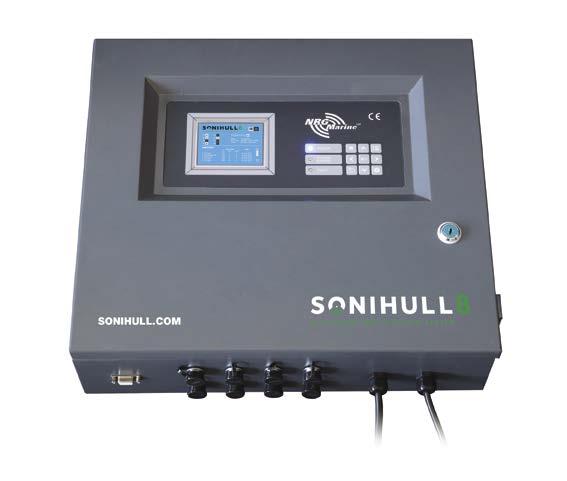
Darren Jones, Founding Chair of the newly formed GloFouling Alliance
11 LEADING EDGE
How has the IMO’s low-sulphur cap fared amid a truly turbulent year?
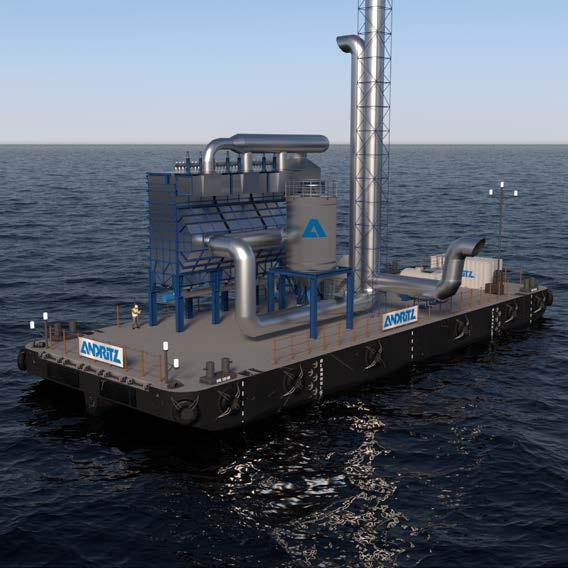
17 EGCS
Leading scrubber suppliers reveal their thoughts on the best way ahead
33 ALTERNATIVE FUELS
The industry is examining a host of new methods of fuelling vessels
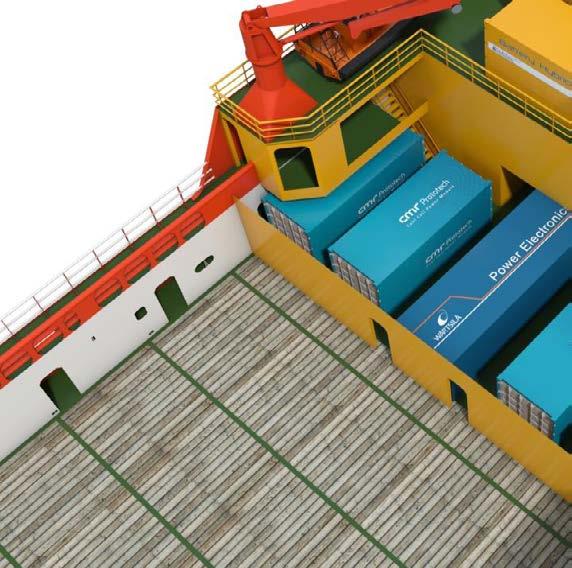
33
Corvus Energy joins forces with Toyota to enable large-scale fuel cell production
38
High-level studies examine the safe use of ammonia as a fuel of the future » p6
» p17
» p38
41 PROPULSION
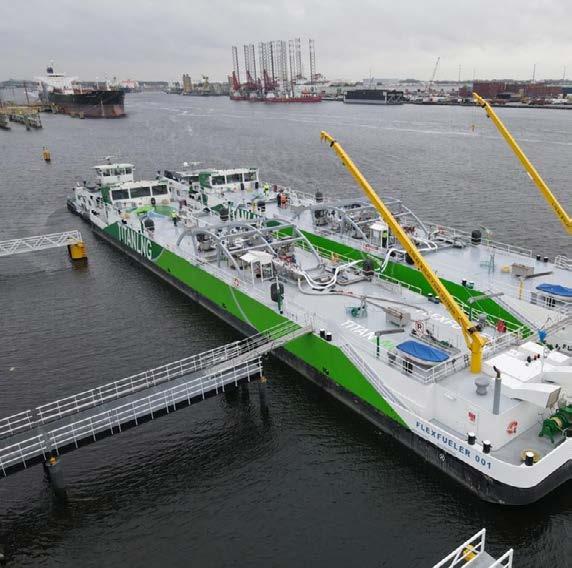
Lube oil manufacturers discuss how they will have to adapt in the future » p44
44 PROFILES
Clean Shipping International talks to leading lights in the shipping industry
44
Weather intelligence and decision support services provider StormGeo on data
47
Titan LNG commercial director Marine Michael Schaap on the burgeoning LNG market
49 COATINGS
Paying attention to niche areas will help ensure ships operate efficiently
52 BALLAST WATER
Why it could prove to be a defining year for the BWMS industry
59 RECYCLING
Industry leaders on recycling and the standards that still need to be set
62 WIND POWER
Auxiliary wind power is beginning to attract attention once again
LAST WORD
How the IMO is taking the industry forward to a more environmentally friendly future


